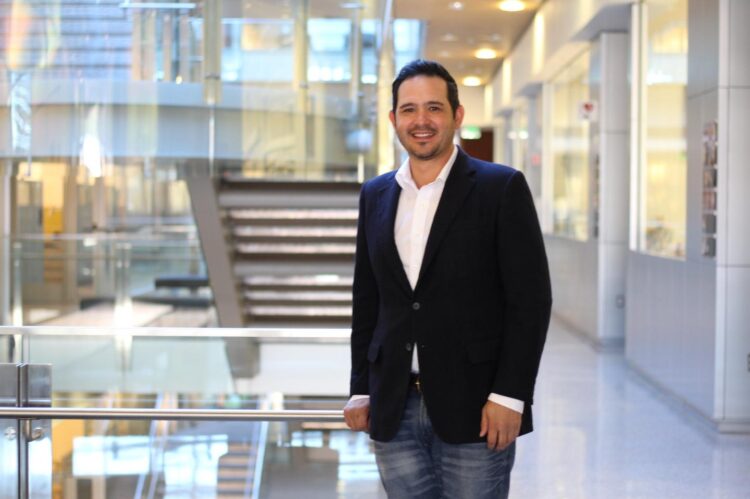Alzheimer’s disease is the most common form of dementia and is characterized by neurodegeneration in regions of the brain involved in memory and learning. Amyloid beta and tau are two toxic proteins that build up in disease and cause eventual neuronal death, but little is known about how other cells in the brain react during disease progression.
A new study from the ASU-Banner Neurodegenerative Research Center (NDRC) and MIT/Koch Institute sheds new light on how disease processes manifest in patients with Alzheimer’s disease.
Diego Mastroeni of the NDRC teamed up Forest White and Douglas Lauffenburger, colleagues in MIT’s Department of Biological Engineering, to explore how protein and signaling pathways change in patients with Alzheimer’s disease. Their analysis captures a detailed molecular profile of changes in protein levels and alterations known as protein phosphorylation across a cohort of patients with well-preserved brain tissue, from the Banner Sun Health Research Institute. Their work creates a new model of disease progression, taking advantage of the heterogeneity that is inherent to human studies.
“This manuscript highlights the importance of integrating the phosphoproteome with the proteome and transcriptome datasets to get a better picture of the drivers of disease, from transcription to translation,” said Mastroeni. (The phosphoproteome refers to proteins that have undergone epigenetic modification through the addition of a phosphate group. The proteome incudes the full complement of all proteins in the body, while the transcriptome refers to the RNA messages produced by genes, which are subsequently translated into proteins.)
The researchers’ analysis highlights the links between toxic protein build-up, neurodegeneration, and the glial cells which support and protect neurons in the brain. In particular, they found an intriguing association between markers of neurodegeneration and two types of glial cell: oligodendrocytes and microglia. Progressive alterations in these cells may be key to understanding the causes of neurodegeneration.
The new study appears in the journal Nature Aging.
“Our results show that there are a plethora of cellular signaling pathways that are activated at all stages of disease. We may be able to repurpose available therapies to target protein kinases that regulate these cell signaling events,” White says. “Clinicians today are studying therapeutic effects on amyloid and tau as proxies for disease, but our results suggest that glia cells are involved at every step of the process. Improved understanding of glia cells and their roles in progressive neurodegeneration may provide new opportunities for treatment of this disease.”
“This collaborative effort is the kind of work that we at the NDRC value,” Mastroeni says. “No one individual can tackle this disease on their own; it’s going to take a group effort to combat this devastating illness.”
###
Media Contact
richard harth
[email protected]
Original Source
https:/
Related Journal Article
http://dx.





